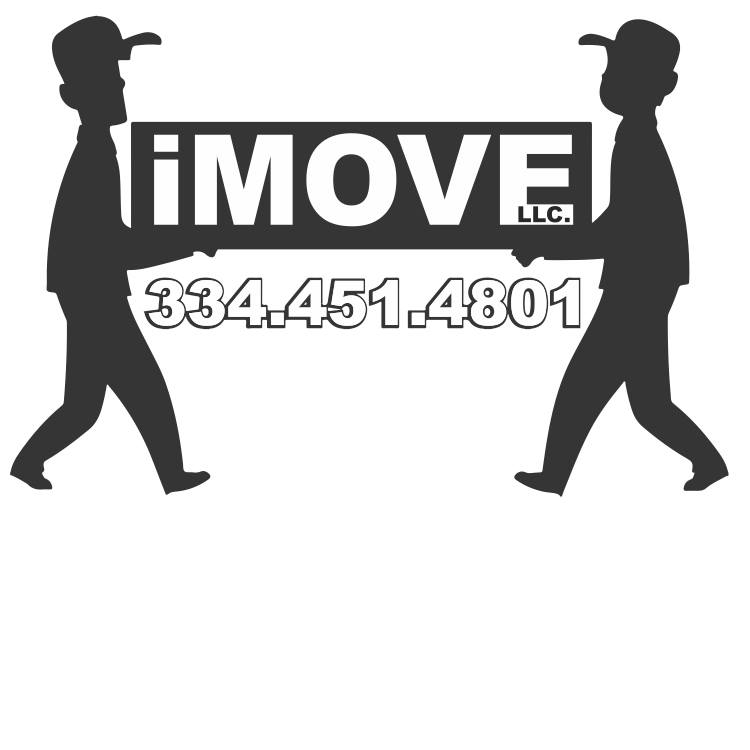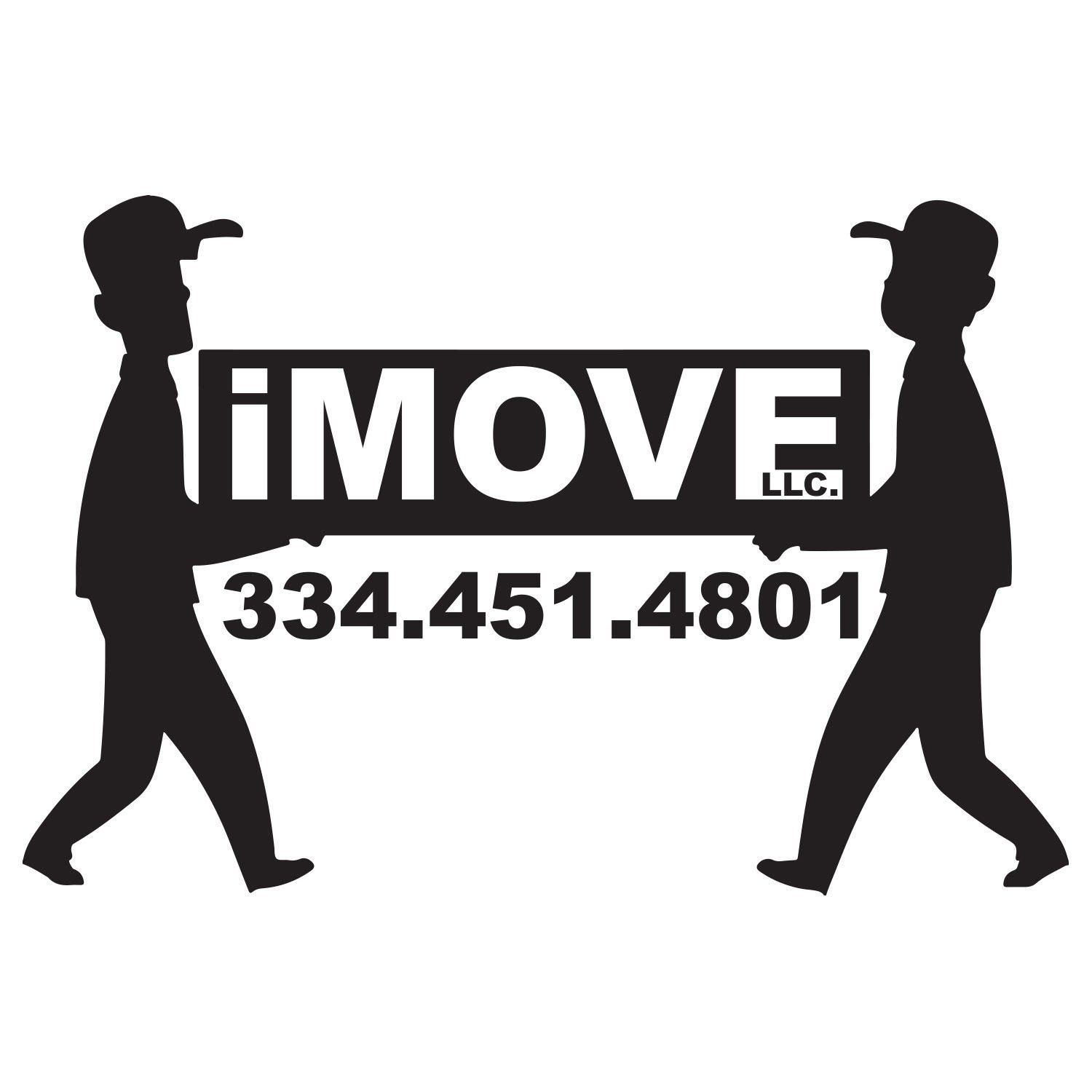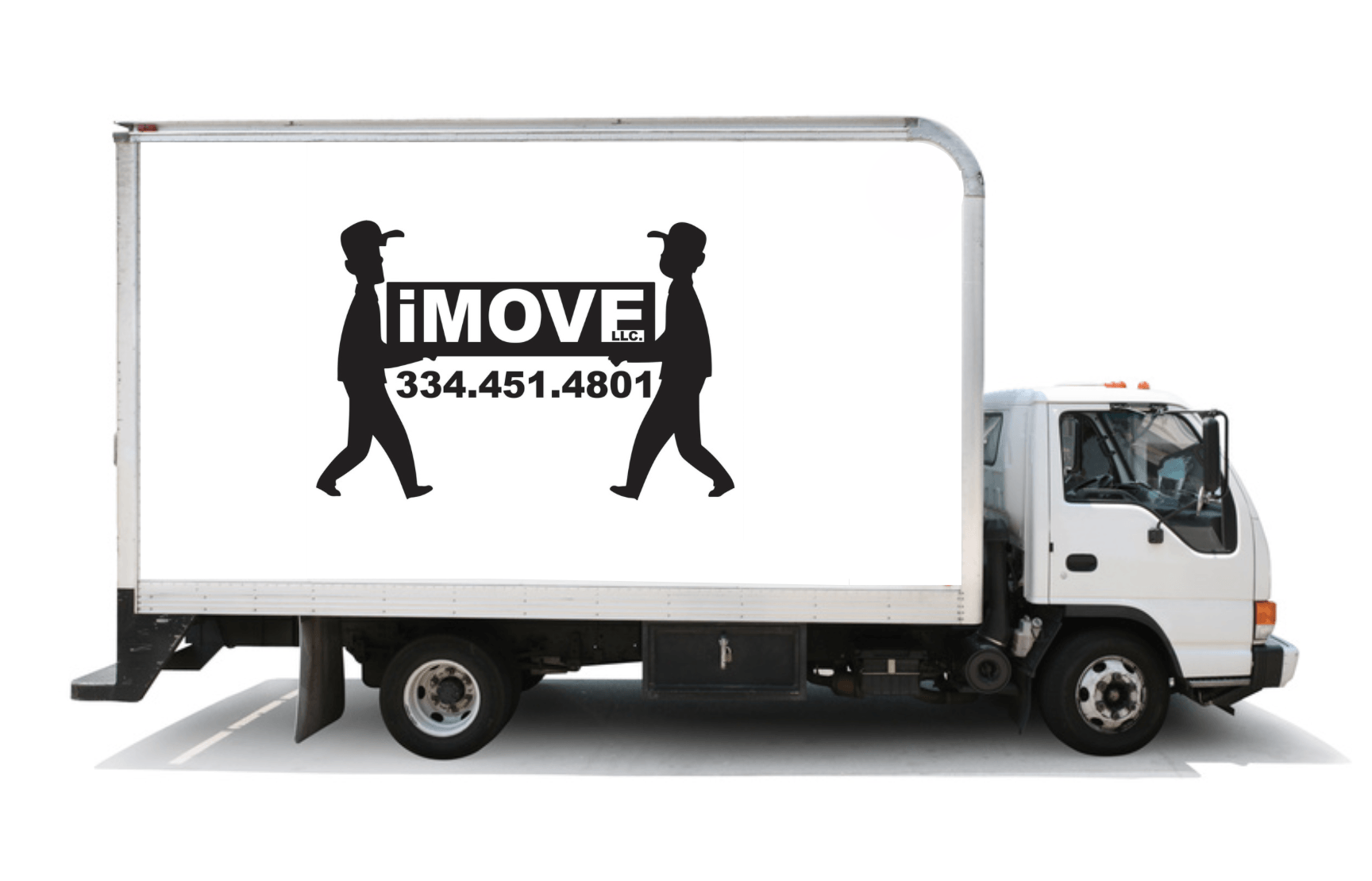What to Do When Moving to a New State: A Complete Guide
Relocating to a different state can be both exciting and overwhelming. The process requires careful planning and organization to ensure a smooth transition. Many people find that hiring a Prattville local moving team can significantly reduce the stress associated with long-distance moves. This guide outlines essential steps to take when moving across state lines, from researching your new location to settling into your community. By following these recommendations, you'll be better prepared to handle the challenges of interstate relocation and more quickly adapt to your new surroundings.
Researching Your New Location
Where should we start our exploration when relocating to a new place? The first step is to delve into the economic landscape of the area. Understanding the job market, industries prevalent in the region, and average income levels will provide valuable insights. Next, we must investigate the housing market to gauge affordability, rental costs, and housing trends. It's essential to consider factors like crime rates, local amenities, and proximity to schools or healthcare facilities. Additionally, researching climate patterns, transportation options, and recreational opportunities will help us acclimate faster to our new surroundings. By thoroughly examining these aspects, we can make informed decisions and ensure a smoother transition to our new state.
Finding a Place to Live
When starting the process of finding a place to live in a new state, our first priority is to establish a clear budget that aligns with our financial goals and preferences. Begin by researching the cost of living in the area to determine a realistic range for rent or mortgage payments. Consider factors such as transportation costs, utilities, and potential differences in property taxes. Next, create a list of preferred neighborhoods based on factors like proximity to work, school districts, safety, and access to amenities. Utilize online resources, and if possible, visit the area in person to get a feel for each neighborhood. Finally, work with a reputable real estate agent who specializes in the area to help navigate the housing market effectively.
Transferring Utilities and Services
We typically start shifting utilities and services shortly after finalizing our new place to live in a different state.
- Contact Utility Companies: Begin by reaching out to the utility providers in your new area. Provide them with your move-in date and new address to ensure a smooth handover.
- Schedule Service Transfers: Arrange for the disconnection of services at your current residence on the day you move out and have them connected at your new place on the day you arrive.
- Update Billing Information: Make sure to update your billing details with the new address and set up any automatic payments or billing preferences required by the utility providers in your new state.
Updating Your Address and Documents
Upon securing new living arrangements in a different state, the next step involves updating your address and documents to reflect the change accurately. Start by notifying the United States Postal Service (USPS) of your address change. You can easily update your address online through their website or visit a local post office. Remember to update your address with the Department of Motor Vehicles (DMV) so your driver's license reflects your new residence. Additionally, update your address with your bank, credit card companies, insurance providers, and any other important institutions. Don't forget to update your voter registration, subscription services, and inform friends and family of your new address. Keeping all your documents current will help streamline your move to a new state.
Settling Into Your New Community
As newcomers to a new community, it is essential to take proactive steps to integrate smoothly and establish a sense of belonging. Here are three key strategies to help you settle into your new neighborhood:
- Attend Local Events: Engage with your community by participating in local events, such as farmers' markets, festivals, or town hall meetings. This is an excellent way to meet new people and learn more about your surroundings.
- Join Community Groups: Consider joining clubs, volunteer organizations, or sports teams in your area. This allows you to connect with like-minded individuals and build a support network.
- Explore Your Surroundings: Take the time to explore your new neighborhood, from parks and restaurants to shops and cultural landmarks. Getting familiar with your surroundings will help you feel more at home in your new community.
Related Articles:





